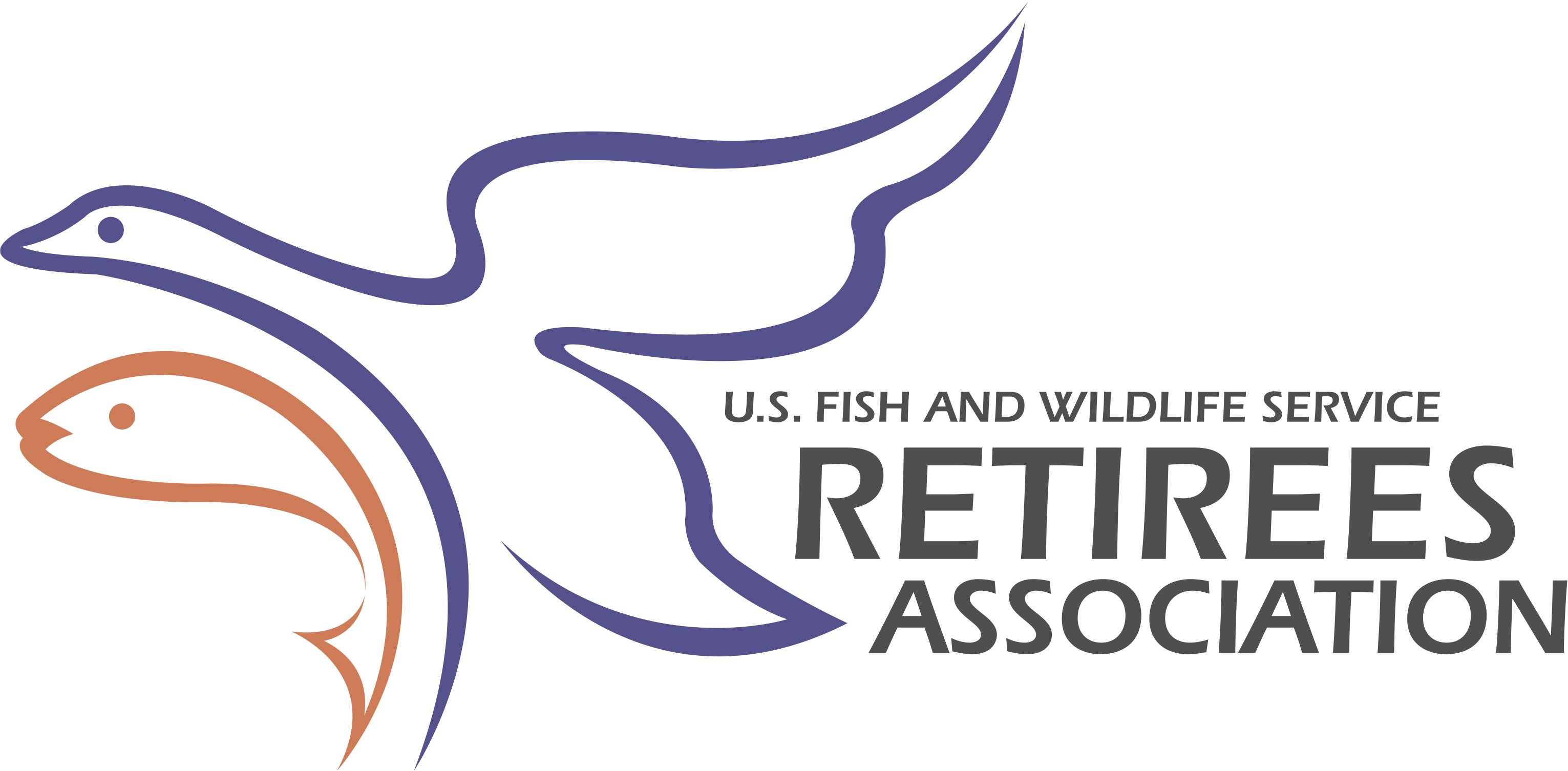Get in Touch
Have a question or want more information…send us an email and we’ll be sure to reach out right away.
Reunions
To date, 21 Fish and Wildlife Service (FWS) Retiree Reunions have been held. Join your former colleagues to catch up and have fun.
History
Help preserve the history of the Service by donating important equipment or photos to the museum archives and collecting oral histories of former colleagues.
Grants and Outreach
The Fish and Wildlife Service Retirees Association awards small matching grants to Service Friends Organizations. Great things can happen with small amounts of money!
Travel
Do you have a sense of adventure? Do you want to see how conservation is practiced in other parts of the country or the world? Travel with FWS retirees may just be your ticket.




